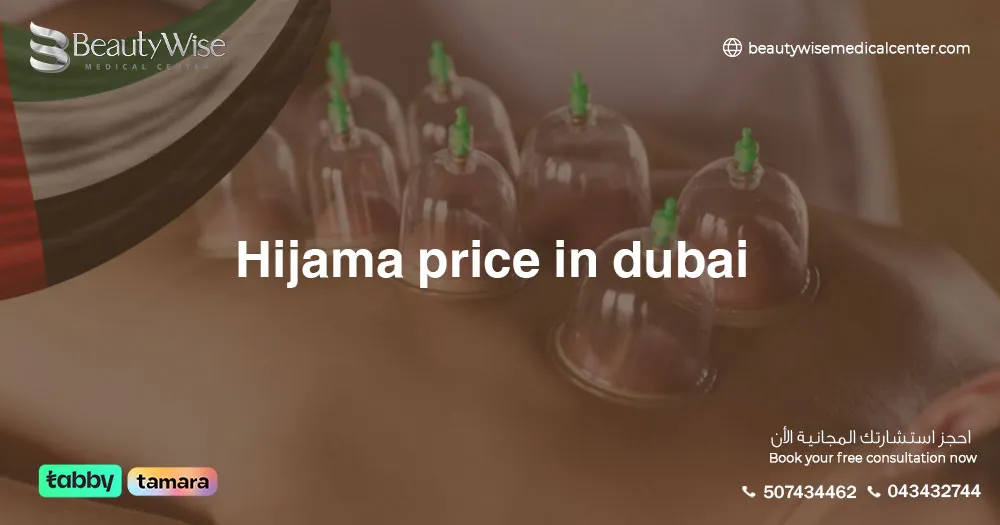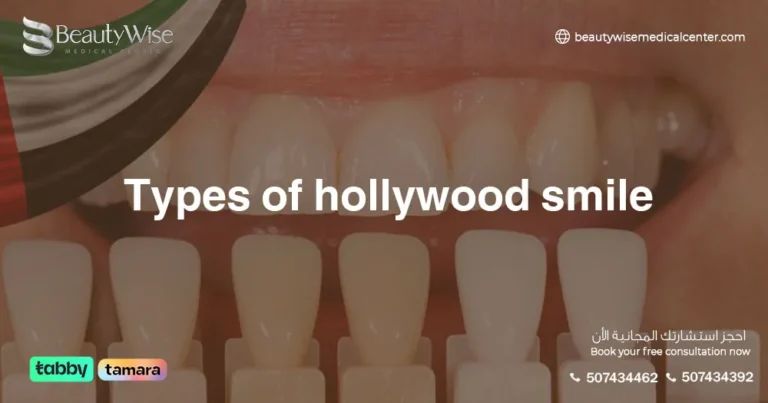Hijama is an alternative therapy that has roots in ancient medicine, these roots are found in Chinese and Middle Eastern history. It involves the application of cups to the skin to create suction which stimulates blood flow, boosts immune function, removes toxins, and reduces pain. Although hijama is still considered an addition, it has become interesting in current medical institutions because of its possible advantages in pain relief and recovery.
In this article, we’ll discuss the meaning of hijama, how it works, its types, and its possible advantages and disadvantages, we’ll not forget to let you know the hijama price in Dubai and where you can have it done.
Table of Contents
What is hijama?
Hijama, also known as cupping therapy, involves applying cups to the skin to create suction, which helps in overall body health. It’s an ancient way of healing that has existed since the ancient Egyptians and it was found in other ancient civilizations.
Hijama helps with increasing blood circulation to the area where the cups are placed which can relieve muscle tension, improve blood flow, and promote cell repair. This has made hijama grow more and more wildly known for its benefits and start making its way into the medical field.
Hijama can also be adjusted to different body parts and to help with different causes such as increasing physical activities for athletes, improving the immune system, and detoxifying the body.
How does it work
Hijama is used to move blood toward or away from the affected body parts and it is generally used by people to treat painful conditions. Some claim that it is also beneficial for chronic health problems such as pain in the back, neck, knee, and shoulders along with asthma and other breathing issues, and hijama can also help with headaches, migraines, and high blood pressure.
The suction from hijama draws blood into the treated area which breaks open tiny blood vessels so the body encourages these areas with healthier blood flow. This is why healthcare providers believe that hijama stimulates healing at a cellular level and aids in the release of toxins.
Types of hijama
There are a few types of hijama, and it has many classifications, for example, some classify hijama based on its purpose into categories like preventive hijama, therapeutic hijama and sports hijama. Others classify hijama based on how it works which we will explain now.
The types of hijama include:
- Dry: the provider heats the inside of the cups to create a vacuum that pulls the skin into the cup and this method is based on suction only.
- Wet: it’s also known as bleeding, as the provider lightly cuts the skin before placing the cups in a controlled environment.
- Running: the provider moves the cups over the infected area after applying lotion or oil to massage the area.
- Flash: the provider does quick suctions and releases of the cups on the affected area.
Benefits
There are many benefits of the hijama as those who have tried it admit that it helps with many conditions such as reducing pain and inflammation, decreasing muscle spasms, and increasing range of motion. There is also a report published in 2015 in the Journal of Traditional and Complementary Medicine that states that hijama could help with acne and pain management.
Also, some people use hijama to treat blood disorders such as anemia, fertility and gynecological disorders, and skin problems such as eczema and acne. Although there might not be enough evidence that hijama treats all of these conditions as researchers still don’t understand how it works, patients have reported significant improvement after going through cupping sessions.
Risks
Hijama, or cupping is a low-risk procedure. There are rarely any risks and complications that may occur after a hijama session. Nonetheless, the risks that can happen include bruising, burns from heated cups, fatigue, muscle soreness, nausea, itching, and scarring.
It’s also not recommended for pregnant women to do hijama sessions as it’s not known how these sessions could affect pregnancy.
You might also experience irritated skin or circular marks and discolorations where the cups have been after treatment, you may also have pain at incision places if you did a wet session.
Hijama therapy in Dubai
Many places have started to provide cupping sessions all over the world, if you would like to have a hijama in Dubai, then Beauty Wise Medical Center should be your place to go. We offer hijama in the heart of Dubai with very reasonable prices and excellent service.
For you: Best Hijama Center in Dubai.
Hijama price in Dubai
Many patients who would like to undergo hijama sessions in Dubai are afraid that the session might be expensive. But not to worry, at Beauty Wise Medical Center we offer a reasonable and affordable hijama price in Dubai, the price at our center is 150 AED per session, and you can discuss with the health provider how many sessions that you might need.
Bottomline
Hijama, or cupping therapy is an ancient technique that has been used for thousands of years in different cultures. Nowadays, people are starting to use it once again for its many benefits such as reducing inflammation and removing toxins from the body.
At Beauty Wise Medical Center, we provide this practice if you would like to have a cupping session and we offer a great hijama price in Dubai.
Frequently asked questions
Can I do Hijama monthly?
It is suggested that hijama is done twice to three times a year. You can always consult your doctor about how often you need a hijama.
Who Cannot do Hijama?
There are many cases in which hijama is not a suitable option, for example: pregnant women, people with heart disease or bleeding disorders, and old people. If you would like to have a hijama session you can give the doctor your medical history and they will decide if it’s suitable for you.
How much blood comes out in Hijama?
There is no specific amount of blood that comes out in hijama, it depends on your body and the hijama type you’re doing. Some types of hijama don’t have blood at all.




